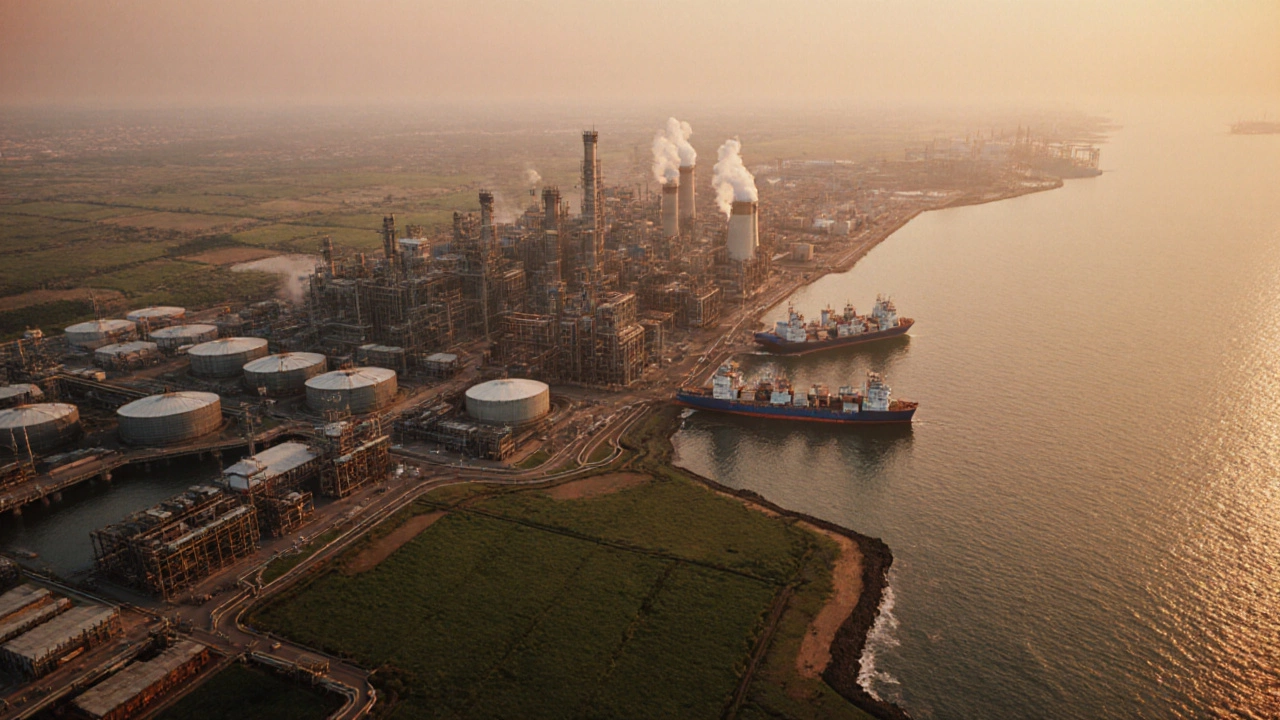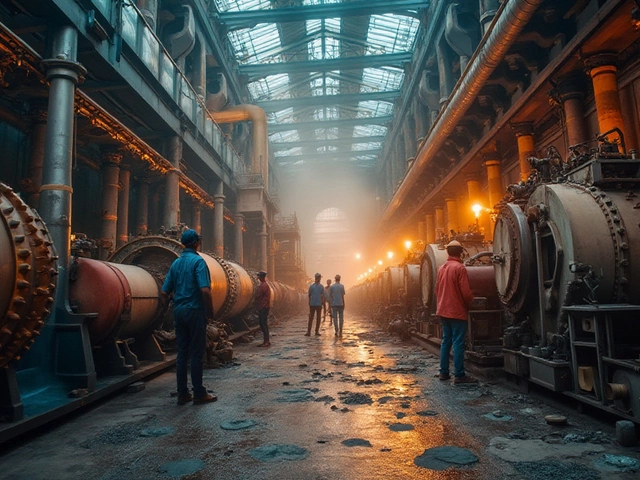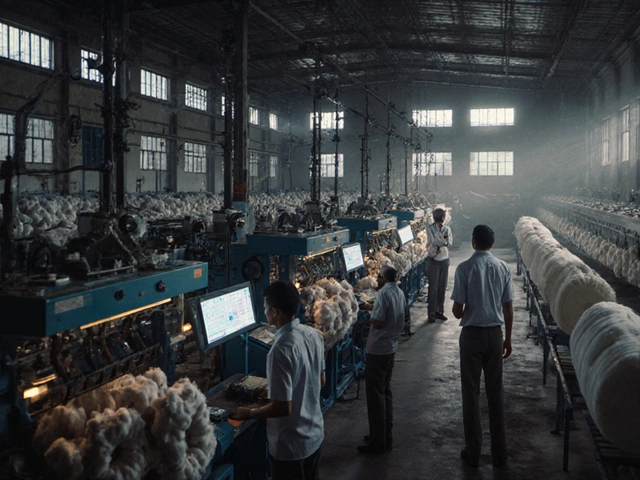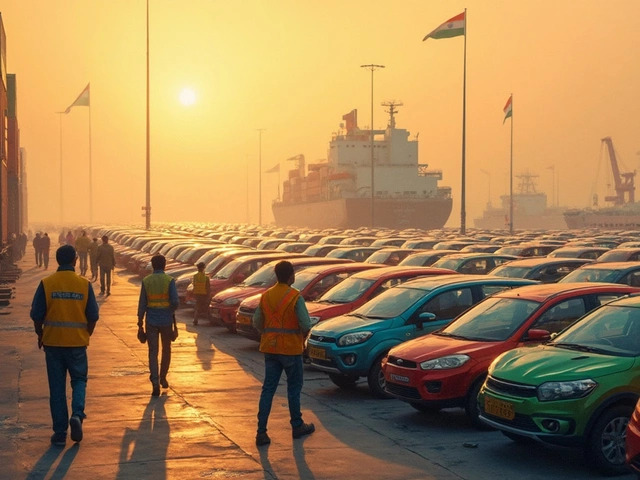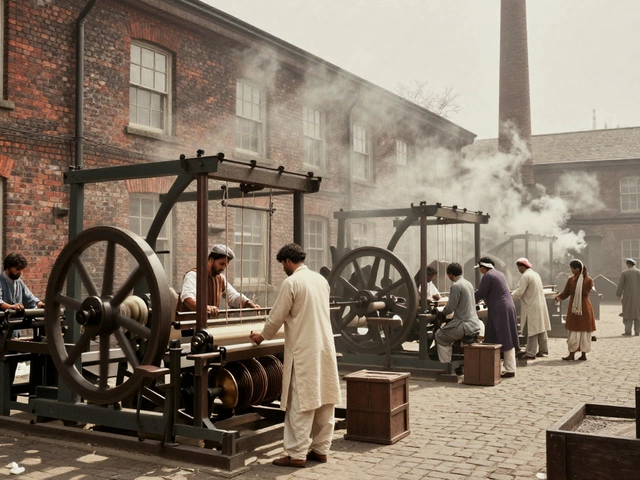Indian Chemical Production Calculator
State Chemical Production Calculator
Calculate how much each Indian state produces in the chemical sector based on national output value. Gujarat leads with 44% of total chemical production.
Chemical industry in India is a massive, export‑driven sector that contributes roughly 7 % to the country’s GDP and employs over 1.5 million people. It spans petrochemicals, fertilizers, pharmaceuticals, specialty chemicals and paints, with a mix of large conglomerates and dozens of small‑scale units. When you ask "which state is the largest producer of chemicals in India?" the answer boils down to a single regional powerhouse that dwarfs its neighbours in capacity, value, and sheer variety of products.
Why Gujarat dominates the chemical landscape
Gujarat has been the poster child of India’s chemical boom for three decades. Its coastline offers easy access to the Arabian Sea, a factor that slashes logistics costs for raw material imports and product exports. The state houses the world’s largest refinery complex at Jamnagar, operated by Reliance Industries, which feeds a downstream network of petrochemical plants, polymer units and specialty chemical fabs.
Data from the Ministry of Chemicals and Fertilizers (2023‑24 fiscal year) show that Gujarat contributed about 44 % of the nation’s total chemical output by value - a margin that no other state can match. The state’s industrial corridors, especially the Gujarat Industrial Development Corporation (GIDC) estates, provide ready‑made plots, 24‑hour power, and a single‑window clearance system that cuts red‑tape. Moreover, the Gujarat government’s proactive incentives - capital subsidies, tax holidays, and a dedicated “Chemical Hub” policy - have attracted both domestic giants and foreign investors.
Key chemical clusters within Gujarat
- Jam nagar - home to the massive refinery‑petrochemical complex, producing ethylene, propylene, benzene, and a host of downstream polymers.
- Dahej - a hub for specialty chemicals, including dyes, pigments, and performance additives. Companies like Gujarat Alkalies & Chemicals have large fertilizer and basic chemical plants here.
- Vapi-Gandhidham corridor - known for bulk chemicals such as ammonia, urea, and sulphuric acid, serving both agriculture and industrial users.
The synergy between these clusters means raw material, energy, and skilled labor flow seamlessly across the state, creating an ecosystem that sustains high production levels year after year.
How other states compare
| State | Share of national output (%) | Major hubs | Notable companies |
|---|---|---|---|
| Gujarat | 44 | Jamnagar, Dahej, Vapi | Reliance Industries, Gujarat Alkalies & Chemicals, SRF Ltd. |
| Maharashtra | 16 | Pune, Mumbai, Nagpur | Thermax, Sun Pharma (for pharma chemicals), Tata Chemicals |
| Tamil Nadu | 12 | Chennai, Cuddalore | Indian Oxygen, Meghmani Fine Films |
| Karnataka | 9 | Bengaluru, Mangalore | Jindal Chemicals, Hindustan Aeronautics (specialty polymers) |
| West Bengal | 7 | Haldia, Kolkata | Everest Group, Dhanuka (pharma chemicals) |
| Other states | \n12 | Various | Numerous SMEs |
While Maharashtra and Tamil Nadu host strong petrochemical and pharmaceutical niches, their combined share still lags far behind Gujarat’s near‑half dominance. Karnataka leans heavily on specialty polymers linked to its tech sector, and West Bengal’s output is tied to bulk chemicals for the iron‑steel belt.
Factors that keep Gujarat ahead
- Infrastructure advantage - deep‑water ports at Kandla and Mundra handle millions of tonnes of chemicals annually, minimizing freight costs.
- Policy ecosystem - the state’s “Chemical Hub” policy provides 100 % Capital Subsidy for setting up new units, along with a 10‑year tax holiday for green‑field projects.
- Energy mix - Gujarat benefits from a dedicated gas pipeline network and surplus renewable capacity, which helps mitigate the high energy intensity of chemical processes.
- Skill pipeline - engineering colleges such as L. D. College of Engineering and specialized training centres feed a steady stream of chemists, process engineers, and safety officers.
- Cluster effect - proximity of raw‑material suppliers, downstream users, and logistics providers reduces lead times and encourages joint R&D ventures.
These levers work together to make Gujarat not just the largest producer, but also the most export‑oriented chemical state in India.
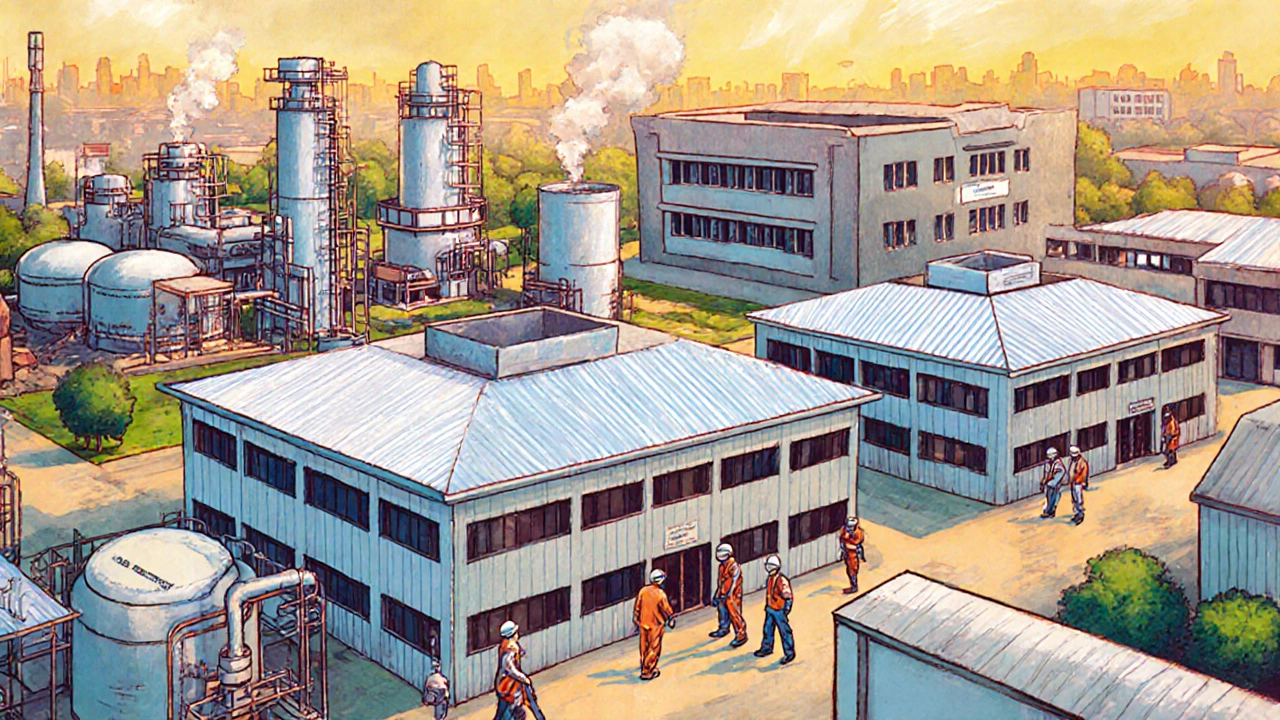
Emerging trends and future outlook
India’s chemical sector is shifting toward higher‑value specialty chemicals, bio‑based solvents, and green polymers. Gujarat’s existing base gives it a head start: many of its large players are already investing in carbon‑capture units and circular‑economy plants. The state government’s 2025‑30 roadmap aims to raise the chemical sector’s contribution to GDP from 7 % to 10 % by attracting ₹1.2 trillion in new capital investment.
Meanwhile, Maharashtra is courting pharma‑focused investors, and Tamil Nadu is strengthening its coastal corridor for petrochemical imports. However, without a comparable scale of infrastructure and policy incentives, they are unlikely to overtake Gujarat in the next decade.
Practical takeaways for investors and job‑seekers
- If you’re looking to set up a new chemical plant, prioritize Gujarat’s GIDC estates for land and fast clearances.
- Job seekers with experience in process safety, catalyst development, or polymer engineering will find the highest concentration of roles in Jamnagar and Dahej.
- Export‑oriented firms should register with the Gujarat State Port Authority to benefit from lower handling fees at Mundra.
- SMEs in other states can tap into Gujarat’s supply chain by becoming certified vendors for bulk chemicals.
In short, the state’s dominance translates into concrete advantages across the entire value chain.
Which state produces the most chemicals in India?
Gujarat is the largest producer, accounting for about 44 % of the nation’s chemical output by value in the 2023‑24 fiscal year.
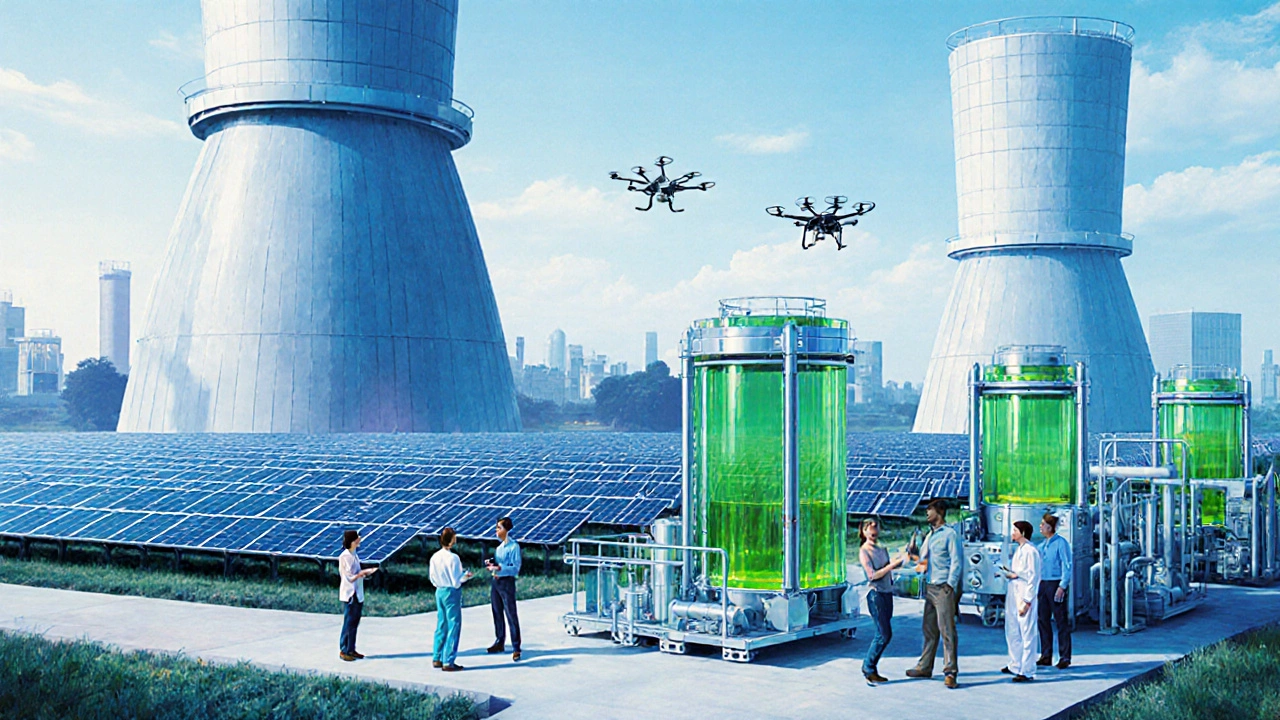
What are the main chemical hubs in Gujarat?
Jamnagar, Dahej, and the Vapi‑Gandhidham corridor host the bulk of Gujarat’s petrochemical, specialty, and bulk chemical plants.
How does Gujarat’s government support new chemical projects?
The state offers a 100 % capital subsidy, a 10‑year tax holiday for green‑field projects, and a single‑window clearance system through its Chemical Hub policy.
Which other Indian states have notable chemical industries?
Maharashtra, Tamil Nadu, Karnataka and West Bengal each have sizable clusters, but together they still contribute less than 40 % of the national total.
What trends are shaping the future of India’s chemical sector?
The industry is moving toward specialty chemicals, bio‑based products, and greener processes. Gujarat’s existing infrastructure places it at the forefront of these shifts.
